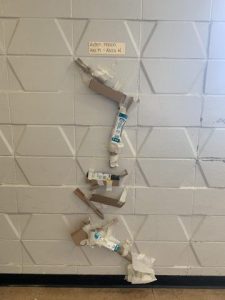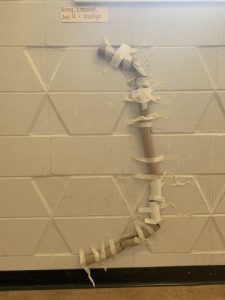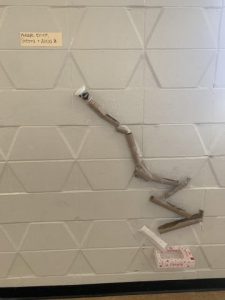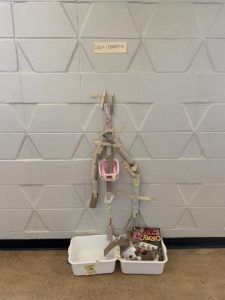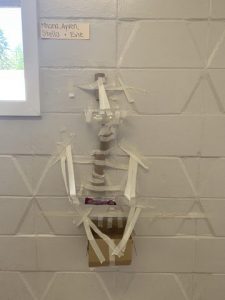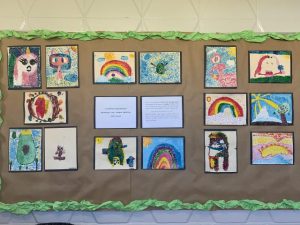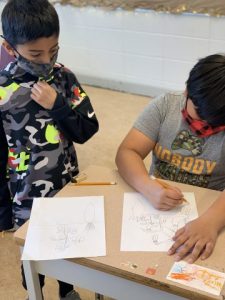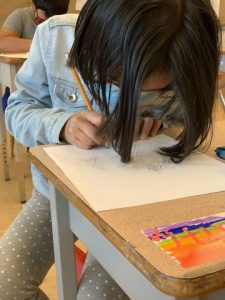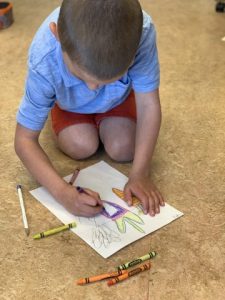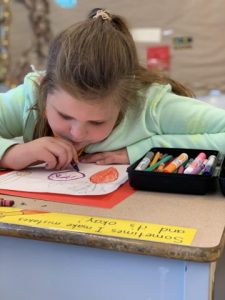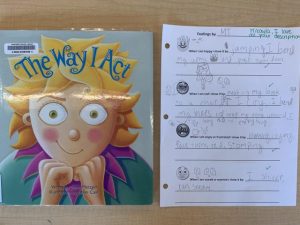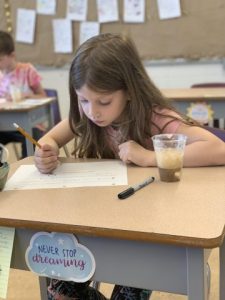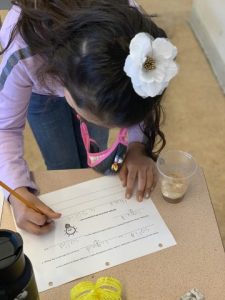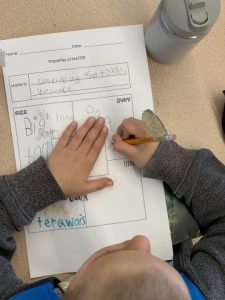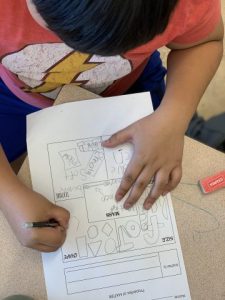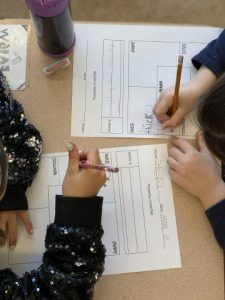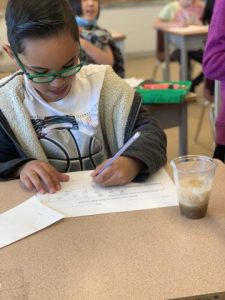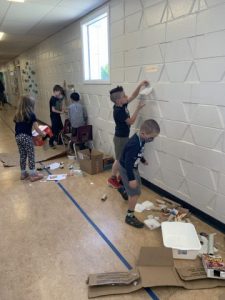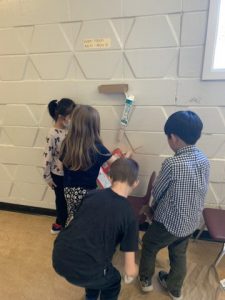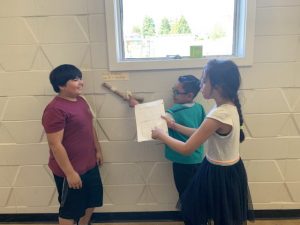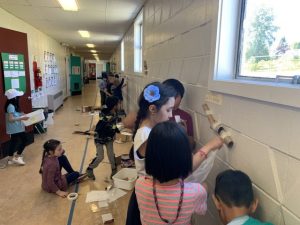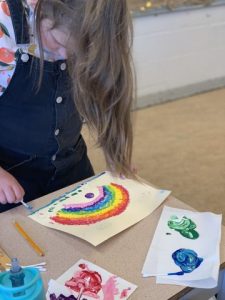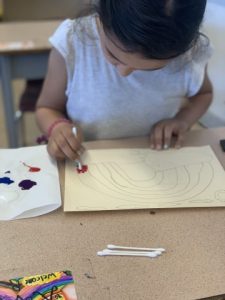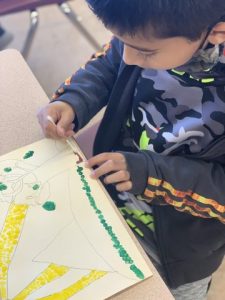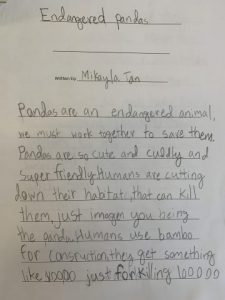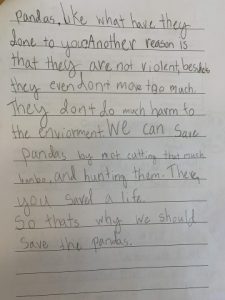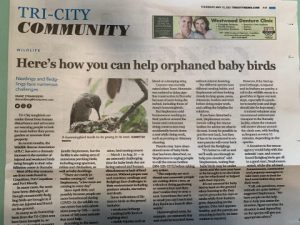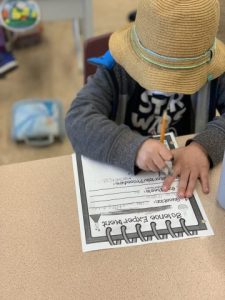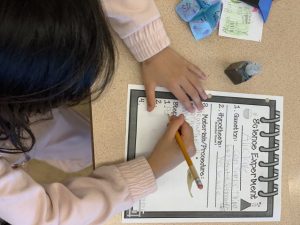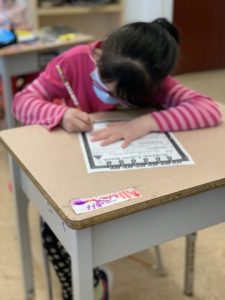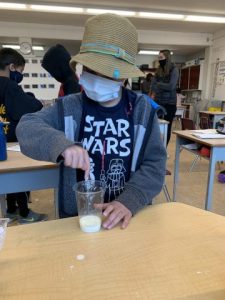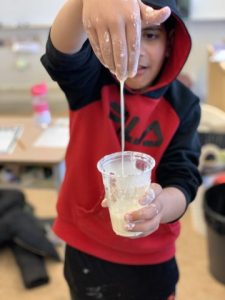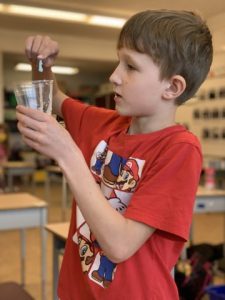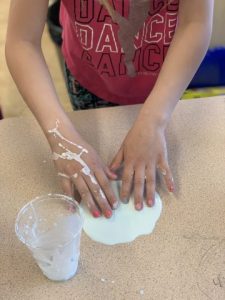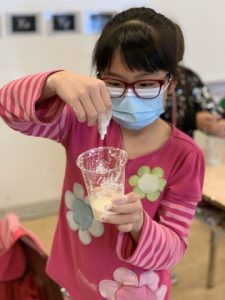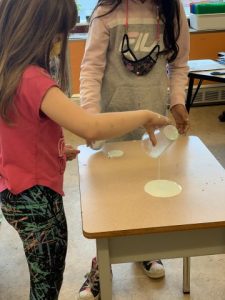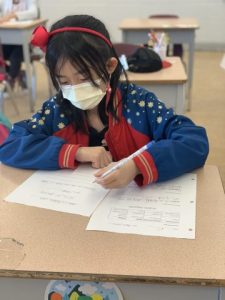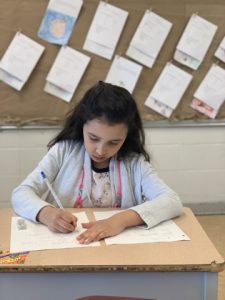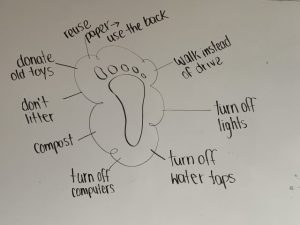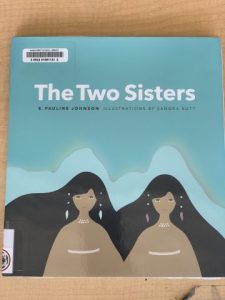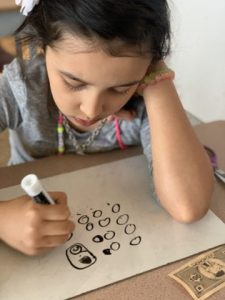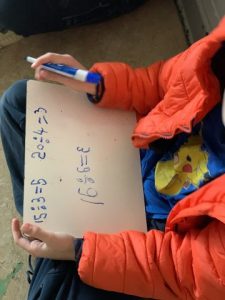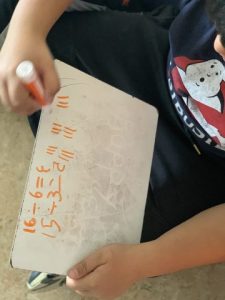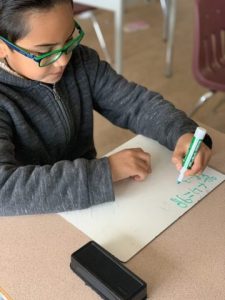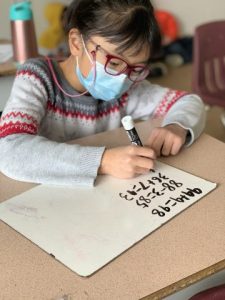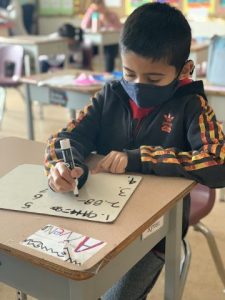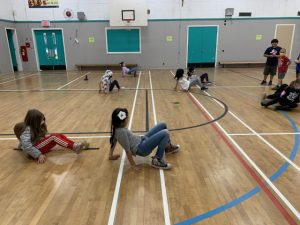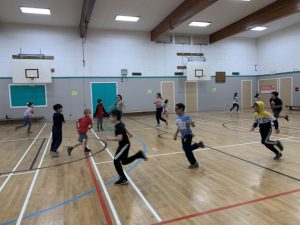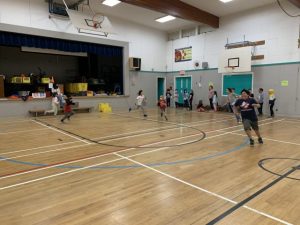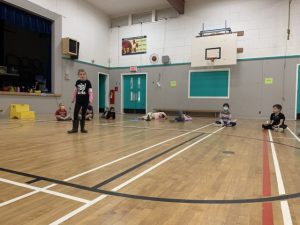Although it was a shorter week, our week in Division 7 was still jam packed with fun + learning.
In Language Arts this week we focused on creating a story map, outlining our characters, setting, problem – events and solution to a story. As authors we focused on generating our own ideas to create a complete story. Once our story map was complete we then began to develop a complete story by expanding upon our graphic organizer and putting our ideas in full, complete sentences. Currently, our work is still a work in progress, stay tuned for the finished products. Next week we will be working on the editing stage. As authors, we will read through our work, read our work to others and be open and receptive towards feedback to make our writing even better.
Social Studies + Language Arts: We continue to explore various First Peoples’ traditional stories and legends. We continue to show awareness that First Peoples’ history was not recorded in written form, and thus, history was shared and pasted down from generation to generation through oral language in the form of story telling, traditional dance and ceremonies. As we explore these stories, we discuss the teachings, lessons and history that is conveyed in the story. This week we read “The First Mosquito” by Caroll Simpson. The students were fascinated with the history of how the first mosquito came to be. What were the teachings that you took away from the story?
In Math this week, many mathematicians finished up their addition and subtraction unit that focused on regrouping. This is an imperative mathematical skill so we will continue to focus on these foundational skills. Coming up next is our ability to estimate. When estimating, we are making a thoughtful guess to make a strong and approximate guess. We are focusing on rounding to the nearest tenth and or hundredth place to accurately form an estimate. For example, 87 + 43 = ? ; 87 is closer to 90 than 80, and 43 is closer to 40 than 50, therefore, we are looking at adding 90 + 40 = 130. Our estimate for 87 + 43 is about 130. Can you practice estimating the sum and difference for 2-digit and 3-digit numbers? What is your estimate for the difference of 96 – 23 = ? ; what is your estimate for the sum of 37 + 88 = ?
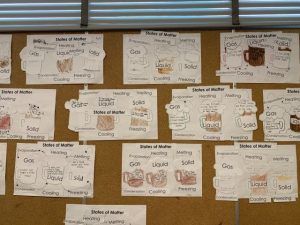
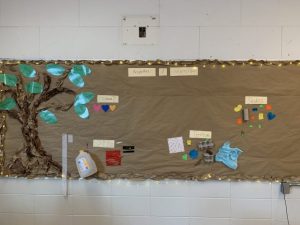
As Scientists, we finished working on our Root Beer Float Matter Posters. Our posters focused on the properties of gas, liquid and solid. We identified that gas does not have a fixed volume, like carbon dioxide bubbles; liquid has a fixed volume, but not a fixed shape, like root beer, and a solid has a fixed shape and fixed volume like ice cream. Our Matter Bulletin board is still under construction as we compile different examples to identify the various properties of Matter. Today, we used our investigative skills during another scientific lab exploration. We explored the hypothesis for how a balloon can change states of matter.
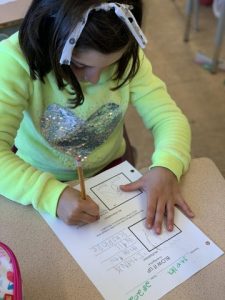
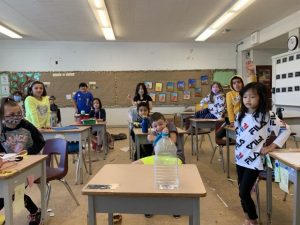
Prior to beginning our experiment, we identified the materials that we would use and then recorded our prediction and our observations throughout the process. We observed that the balloon was able to inflate because when the baking soda and vinegar mixed together, the mixture created a gas, carbon dioxide or CO2. The gas then filled the empty bottle, eventually inflating the balloon! TA-DA!!
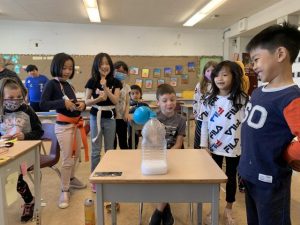
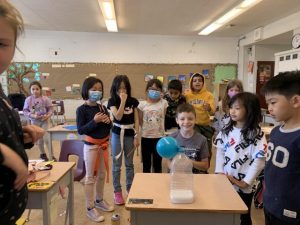
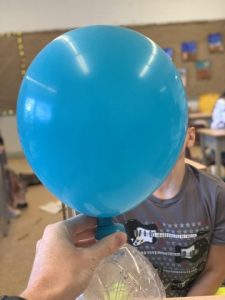
Have a beautiful + restful weekend!
